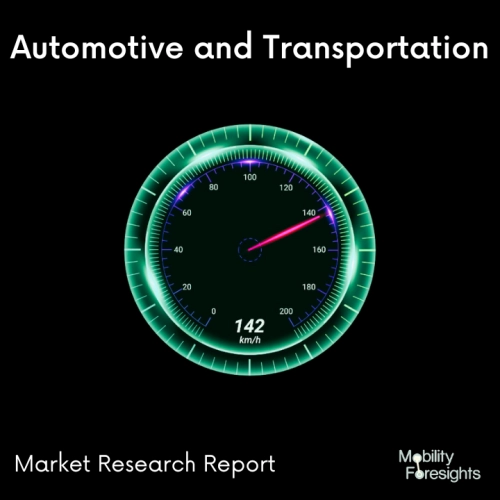
- Get in Touch with Us

Last Updated: Apr 25, 2025 | Study Period: 2023-2030
Automotive seals provide unrivaled dependability and durability. They operate quietly while withstanding heavy-duty use and the high vibrations associated with operating engines. Without automotive seals, car parts will not perform as intended, and automobiles will not function or run at all.
Automotive seals are utilized in a variety of applications, including automobiles, motorbikes, ATVs, off-road vehicles, and heavy machinery and equipment.
Continuous development and innovation are critical in drive-line applications. Furthermore, with automatic transmissions, gear shift performance influences overall vehicle comfort. Lower viscosity lubricants are becoming more popular as the car industry strives for greater efficiency and fuel economy.
However, enhanced efficiency cannot be achieved at the price of hardware life and durability. The additive package is a key aspect of the design of modern lubricants that provide efficiency and durability. Laboratory experiments that imitate vehicle subsystem operation are a useful technique for ensuring that decreasing lubricant viscosity does not impact hardware life.
Driveline seals are essential for automotive operation and serve to boost a vehicle's mobility, durability, and running duration. They provide a safer and more efficient operating environment and are used in a range of industries, including road vehicles, agriculture, and the military.
Driveline seals are nevertheless prone to regular wear and tear, leakage, and external damage, among other issues. To overcome these challenges, driveline seals must be of excellent quality.

The Global Automotive Driveline Seals Market accounted for $XX Billion in 2022 and is anticipated to reach $XX Billion by 2030, registering a CAGR of XX% from 2023 to 2030.
SKF seals provide dependable performance over a wide variety of operating circumstances, reducing power losses while also lowering fuel consumption and vehicle emissions.Their dynamic and static seal range for automotive gearbox applications comprises shaft seals, bonded pistons, and a variety of additional sealing components that are adapted to unique application needs.
They provide excellent sealing solutions for all types of gearbox and axles, including manual, automatic, power transfer units, rear drive modules, differentials and e-drive units.Hydraulic pressure is converted into linear motion by bonded pistons. Pistons stroked under fluid pressure are utilized to operate clutch packs in both classic and next-generation cars in today's contemporary gearbox applications.
Pressure actuated sealing lips on bonded pistons flex under pressure to retain fluid and sustain pressure. For high pressure applications, the latest seal lip designs ensure reduced friction and prolonged seal life.
| Sl no | Topic |
| 1 | Market Segmentation |
| 2 | Scope of the report |
| 3 | Abbreviations |
| 4 | Research Methodology |
| 5 | Executive Summary |
| 6 | Introduction |
| 7 | Insights from Industry stakeholders |
| 8 | Cost breakdown of Product by sub-components and average profit margin |
| 9 | Disruptive innovation in the Industry |
| 10 | Technology trends in the Industry |
| 11 | Consumer trends in the industry |
| 12 | Recent Production Milestones |
| 13 | Component Manufacturing in US, EU and China |
| 14 | COVID-19 impact on overall market |
| 15 | COVID-19 impact on Production of components |
| 16 | COVID-19 impact on Point of sale |
| 17 | Market Segmentation, Dynamics and Forecast by Geography, 2023-2030 |
| 18 | Market Segmentation, Dynamics and Forecast by Product Type, 2023-2030 |
| 19 | Market Segmentation, Dynamics and Forecast by Application, 2023-2030 |
| 20 | Market Segmentation, Dynamics and Forecast by End use, 2023-2030 |
| 21 | Product installation rate by OEM, 2023 |
| 22 | Incline/Decline in Average B-2-B selling price in past 5 years |
| 23 | Competition from substitute products |
| 24 | Gross margin and average profitability of suppliers |
| 25 | New product development in past 12 months |
| 26 | M&A in past 12 months |
| 27 | Growth strategy of leading players |
| 28 | Market share of vendors, 2023 |
| 29 | Company Profiles |
| 30 | Unmet needs and opportunity for new suppliers |
| 31 | Conclusion |
| 32 | Appendix |